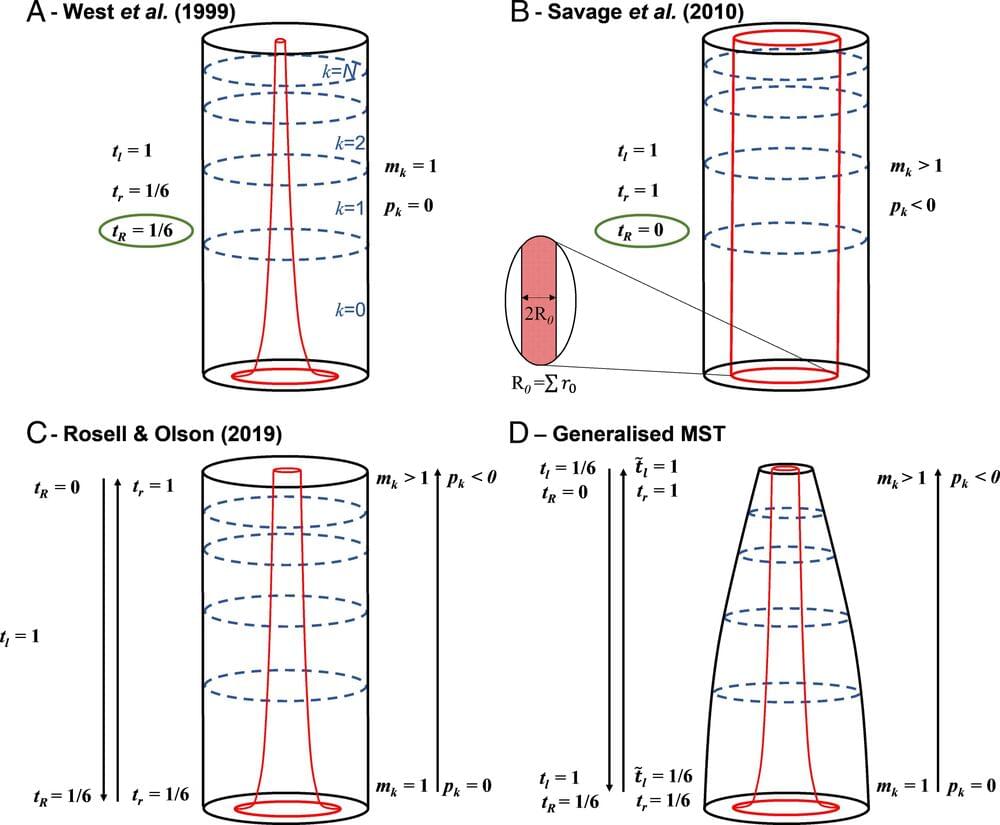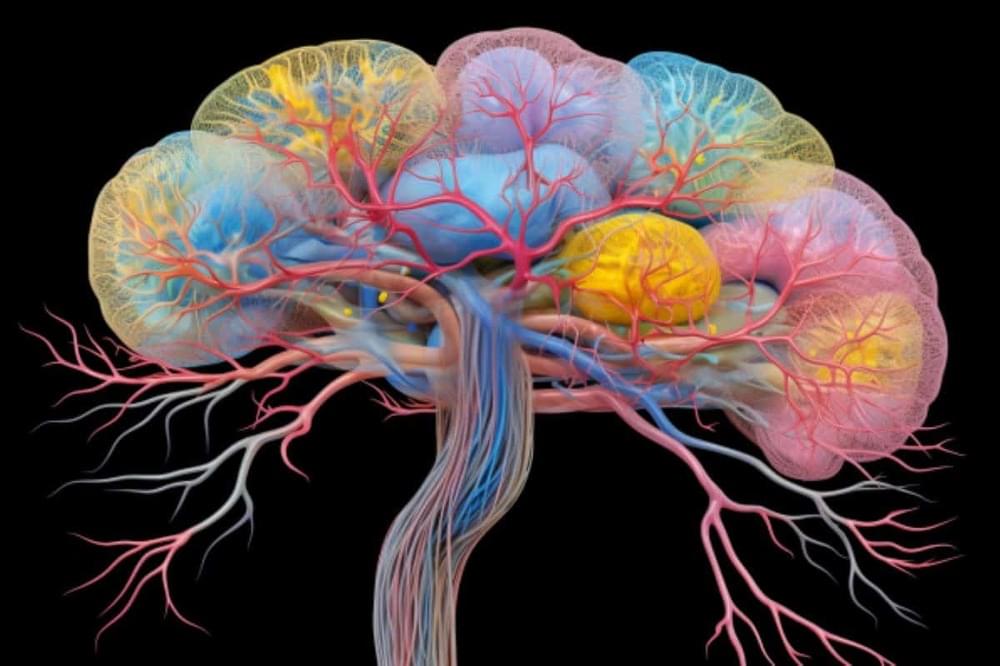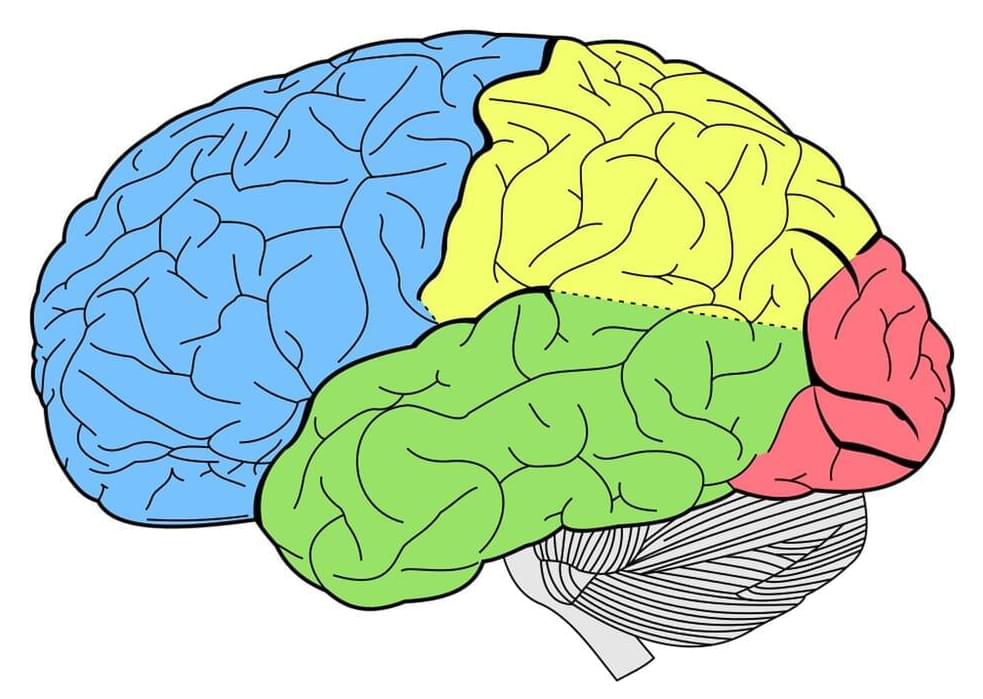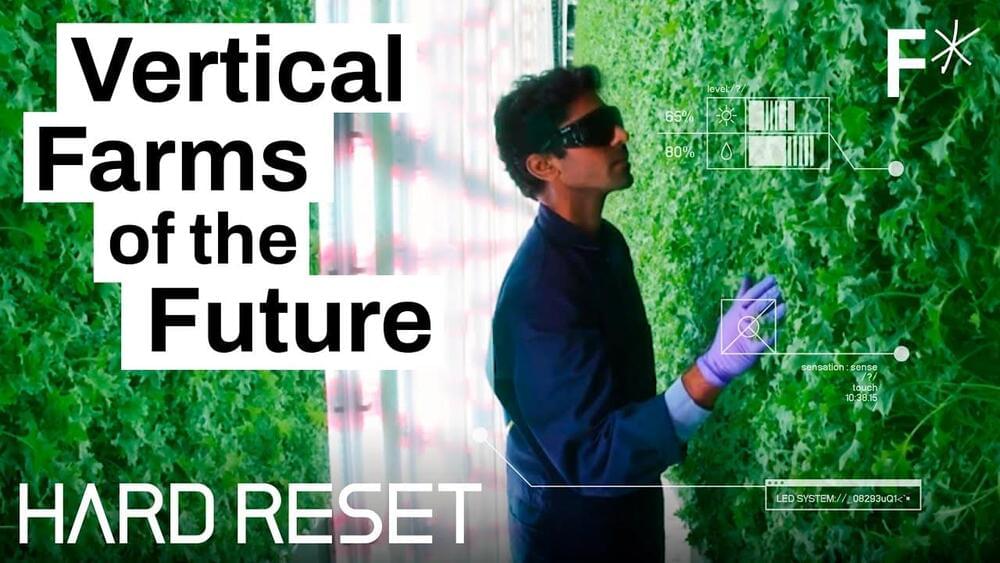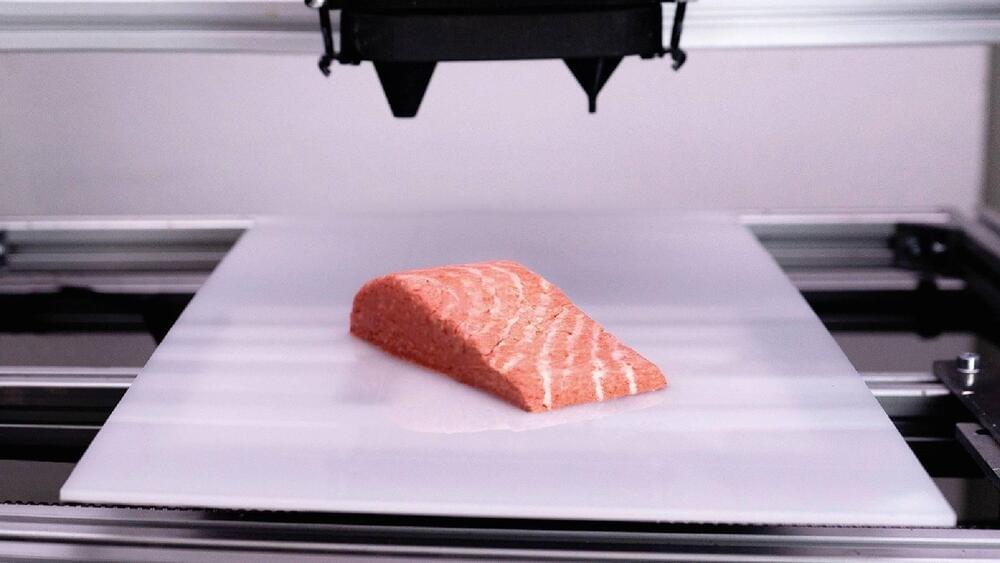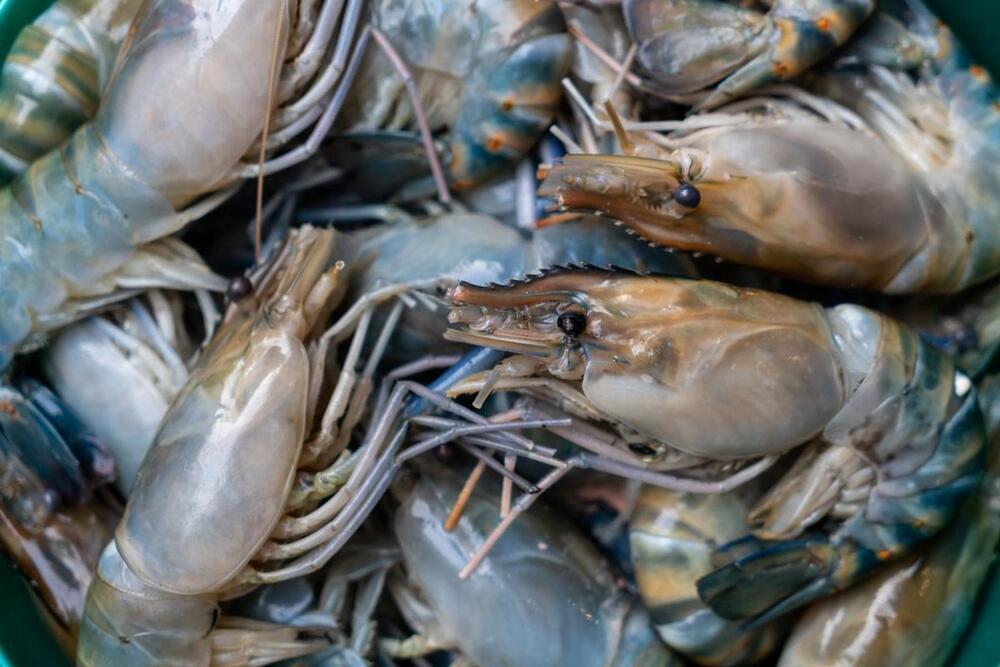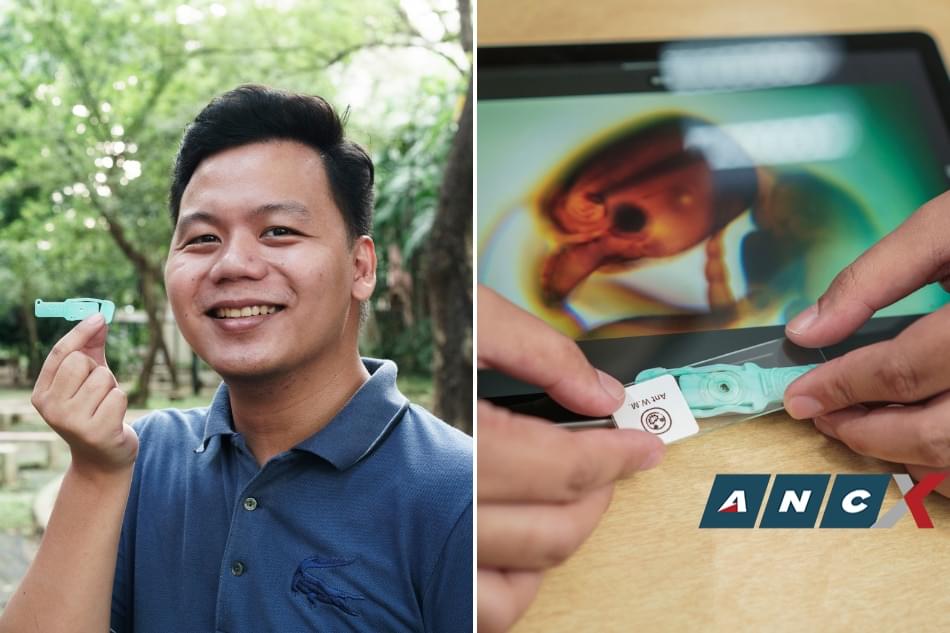Sep 20, 2023
New study disproves Leonardo da Vinci’s ‘rule of trees’
Posted by Saúl Morales Rodriguéz in category: food
A “rule of trees” developed by Leonardo da Vinci to describe how to draw trees has been largely adopted by science when modeling trees and how they function.
Now, scientists at Bangor University in the U.K. and the Swedish University of Agricultural Sciences (SLU) have discovered that this rule contradicts those that regulate the internal structures of trees.
Da Vinci’s interest in drawing led him to look at size ratios of different objects, including trees, so that he could create more accurate representations of them. To correctly represent trees, he perceived a so-called “rule of trees” which states that “all the branches of a tree at every stage of its height are equal in thickness to the trunk when put together.”
